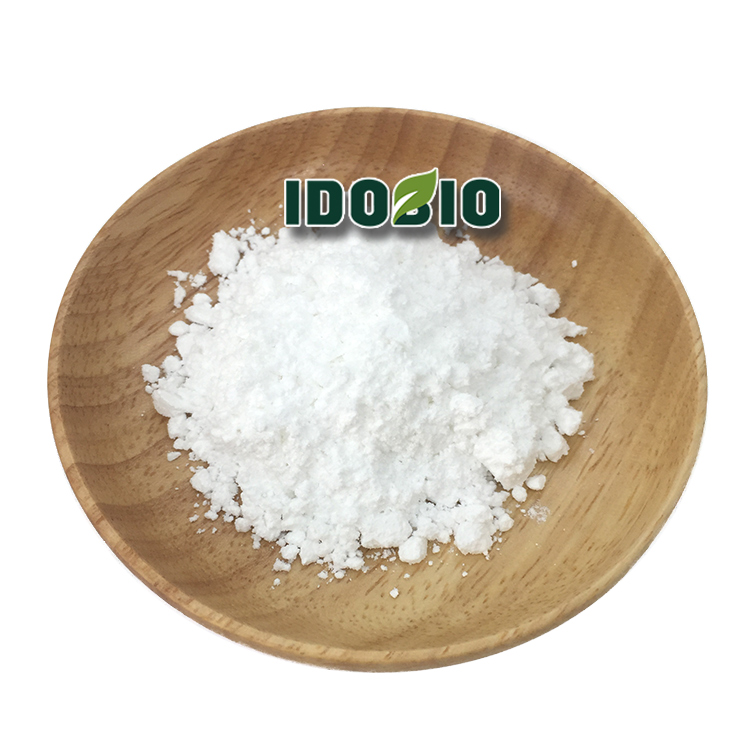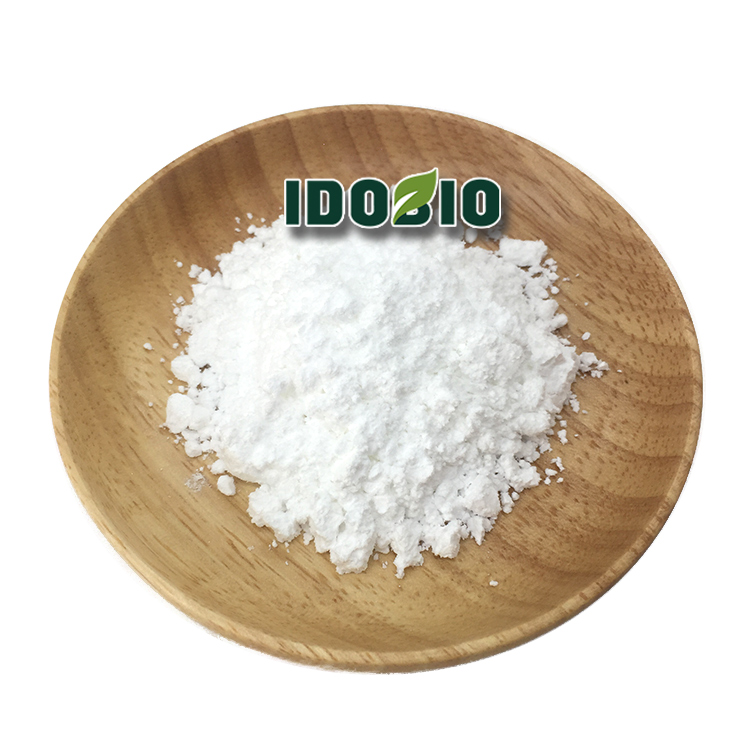Contact Us
For Product Pricing, Customization, Or Other Inquiries:
Contact Supplier
Call Us
Resveratrol 98%
Product Name:Resveratrol 98%
Appearance: White Fine Powder
Active Ingrdient:Resveratrol
CAS number 501-36-0
Molecular weight 228.243
Density 1.4±0.1 g/cm3
Boiling point 449.1±14.0 °C at 760 mmHg
Molecular formula C14H12O3
Melting point 253-255°C
Place of Origin:China
Packaging:1KG/Bag. 25kg/drums
Appearance: White Fine Powder
Active Ingrdient:Resveratrol
CAS number 501-36-0
Molecular weight 228.243
Density 1.4±0.1 g/cm3
Boiling point 449.1±14.0 °C at 760 mmHg
Molecular formula C14H12O3
Melting point 253-255°C
Place of Origin:China
Packaging:1KG/Bag. 25kg/drums
Resveratrol
Resveratrol is a polyphenolic compound, mainly derived from peanuts, grapes (red wine), knotweed, mulberry and other plants.
Resveratrol is a biological strong natural polyphenol, also known as astragalus triphenol, is a chemical preventative agent for tumor,
but also for reducing platelet aggregation, prevention and treatment of atherosclerosis, cardiovascular and cerebrovascular diseases.
The United States Department of Agriculture research results show that peanut red and kernel also contain considerable amounts of resveratrol.
Resveratrol exists in two forms of free state and glycoside under natural conditions.
The chemical structure of resveratrol and its glycoside also has two isomers, cis and trans, respectively.
Cis-resveratrol (cis-Res), trans-resveratrol (trans-Res) and cis-resveratrol glycoside (cis-PD) and trans-resveratrol glycoside (trans-PD).
The latter two forms release resveratrol under the action of glycosidase in the gut. Resveratrol mainly exists in trans-form in plants,
and studies have shown that the physiological activity of trans-isomer is stronger than that of cis-isomer.

Product Name:Resveratrol 98%
Appearance: White Fine Powder
Active Ingrdient:Resveratrol
CAS number 501-36-0
Molecular weight 228.243
Density 1.4±0.1 g/cm3
Boiling point 449.1±14.0 °C at 760 mmHg
Molecular formula C14H12O3
Melting point 253-255°C
Place of Origin:China
Packaging:1KG/Bag. 25kg/drums
Resveratrol Pharmacological Action
Resveratrol is a natural antioxidant, which can reduce blood viscosity, inhibit platelet coagulation and vasodilation,
maintain blood flow, prevent the occurrence and development of cancer,
and has the preventive effect of anti-atherosclerosis, coronary heart disease, ischemic heart disease and hyperlipidemia.
The effect of tumor suppression also has an estrogen-like effect and can be used to treat diseases such as breast cancer.
Resveratrol synthetic
Due to the low content of resveratrol in plants and the high extraction cost,
it is of practical significance to use chemical methods to synthesize resveratrol. The following two methods are introduced.
Resveratrol was obtained from 3,5 dihydroxy-benzyl alcohol by methylation, bromination and Arbuzov rearrangement.
Resveratrol was obtained by Wittig-Horner condensation and demethylation of anisaldehyde.
The advantages are: fewer reaction steps, simple operation, high selectivity of trans-resveratrol generation.
The intermediate p-methoxybenzyl phosphate was obtained from anisol by bromination and Arbuzov rearrangement,
and then resveratrol was synthesized by Wittig-Horner condensation reaction and demethylation with 3, 5-dimethoxybenzaldehyde.
The synthetic route has the advantages of fewer reaction steps and cheap raw materials
Resveratrol is a polyphenolic compound, mainly derived from peanuts, grapes (red wine), knotweed, mulberry and other plants.
Resveratrol is a biological strong natural polyphenol, also known as astragalus triphenol, is a chemical preventative agent for tumor,
but also for reducing platelet aggregation, prevention and treatment of atherosclerosis, cardiovascular and cerebrovascular diseases.
The United States Department of Agriculture research results show that peanut red and kernel also contain considerable amounts of resveratrol.
Resveratrol exists in two forms of free state and glycoside under natural conditions.
The chemical structure of resveratrol and its glycoside also has two isomers, cis and trans, respectively.
Cis-resveratrol (cis-Res), trans-resveratrol (trans-Res) and cis-resveratrol glycoside (cis-PD) and trans-resveratrol glycoside (trans-PD).
The latter two forms release resveratrol under the action of glycosidase in the gut. Resveratrol mainly exists in trans-form in plants,
and studies have shown that the physiological activity of trans-isomer is stronger than that of cis-isomer.

Product Name:Resveratrol 98%
Appearance: White Fine Powder
Active Ingrdient:Resveratrol
CAS number 501-36-0
Molecular weight 228.243
Density 1.4±0.1 g/cm3
Boiling point 449.1±14.0 °C at 760 mmHg
Molecular formula C14H12O3
Melting point 253-255°C
Place of Origin:China
Packaging:1KG/Bag. 25kg/drums
Resveratrol Pharmacological Action
maintain blood flow, prevent the occurrence and development of cancer,
and has the preventive effect of anti-atherosclerosis, coronary heart disease, ischemic heart disease and hyperlipidemia.
The effect of tumor suppression also has an estrogen-like effect and can be used to treat diseases such as breast cancer.
- Fever-reducing and analgesic effects
- Anticancer and anti-mutation effects
- Cardiovascular protective effect
- Prevent heart and liver damage
- Antithrombotic function Antithrombotic function
- Boosts immune system activity
- Anti-oxidation, anti-free radical effect
- Anti-inflammatory and antibacterial effects
- Weight loss and fat reduction
Resveratrol synthetic
Due to the low content of resveratrol in plants and the high extraction cost,
it is of practical significance to use chemical methods to synthesize resveratrol. The following two methods are introduced.
Resveratrol was obtained from 3,5 dihydroxy-benzyl alcohol by methylation, bromination and Arbuzov rearrangement.
Resveratrol was obtained by Wittig-Horner condensation and demethylation of anisaldehyde.
The advantages are: fewer reaction steps, simple operation, high selectivity of trans-resveratrol generation.
The intermediate p-methoxybenzyl phosphate was obtained from anisol by bromination and Arbuzov rearrangement,
and then resveratrol was synthesized by Wittig-Horner condensation reaction and demethylation with 3, 5-dimethoxybenzaldehyde.
The synthetic route has the advantages of fewer reaction steps and cheap raw materials







